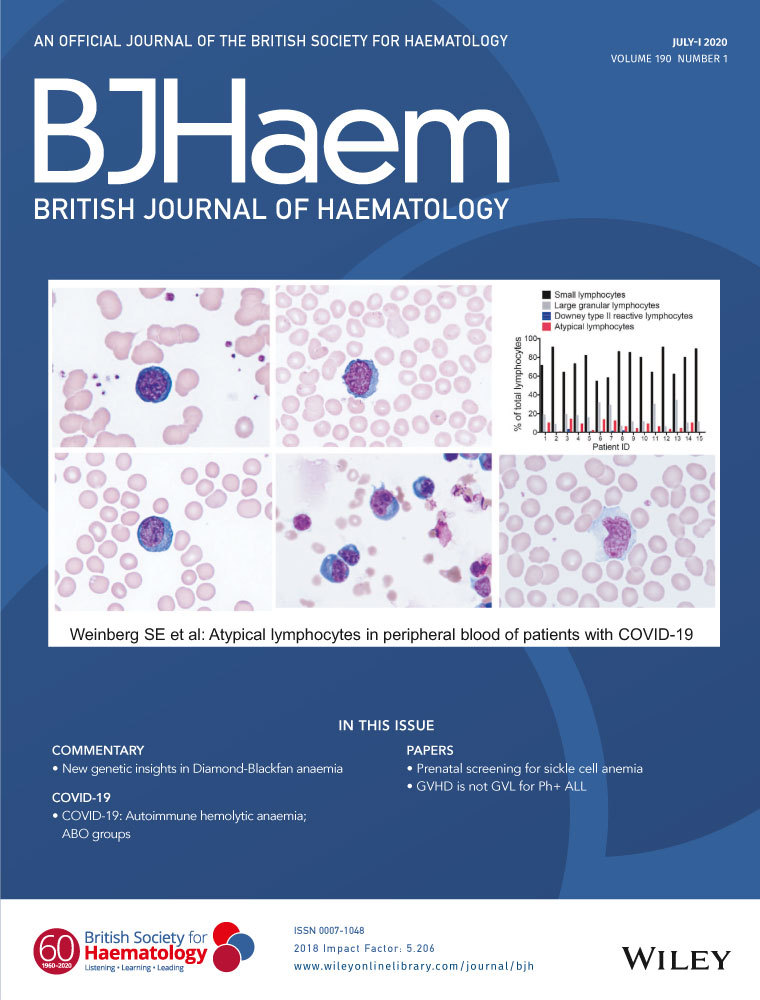Managing venous thromboembolic risk in women undergoing spontaneous or induced early pregnancy loss: a consensus statement from the British Society of Haematology Obstetric Haematology Special Interest Group
Summary
The level of venous thrombosis risk in women who experience spontaneous or induced pregnancy loss has previously been uncertain. However, recent data indicate that the risk of venous thrombosis in women undergoing pregnancy termination in the first trimester is increased two-fold compared to non-pregnant women but reduced five-fold compared to women in the 6 weeks following a term birth. The termination procedure itself appears not to influence thrombosis risk. In light of this data, this consensus statement provides recommendations for reducing the risk of venous thrombosis in women undergoing spontaneous or induced pregnancy loss based on Royal College of Obstetricians and Gynaecologists risk stratification guidelines.




